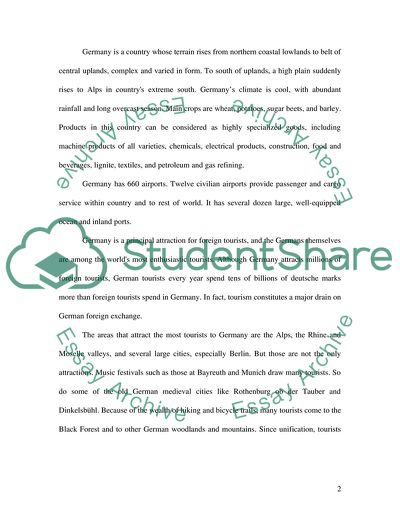Cite this document
(Emerging Worldwide Destinations Assignment Example | Topics and Well Written Essays - 3000 words, n.d.)
Emerging Worldwide Destinations Assignment Example | Topics and Well Written Essays - 3000 words. Retrieved from https://studentshare.org/tourism/1731695-tourism-destination
Emerging Worldwide Destinations Assignment Example | Topics and Well Written Essays - 3000 words. Retrieved from https://studentshare.org/tourism/1731695-tourism-destination
(Emerging Worldwide Destinations Assignment Example | Topics and Well Written Essays - 3000 Words)
Emerging Worldwide Destinations Assignment Example | Topics and Well Written Essays - 3000 Words. https://studentshare.org/tourism/1731695-tourism-destination.
Emerging Worldwide Destinations Assignment Example | Topics and Well Written Essays - 3000 Words. https://studentshare.org/tourism/1731695-tourism-destination.
“Emerging Worldwide Destinations Assignment Example | Topics and Well Written Essays - 3000 Words”, n.d. https://studentshare.org/tourism/1731695-tourism-destination.


